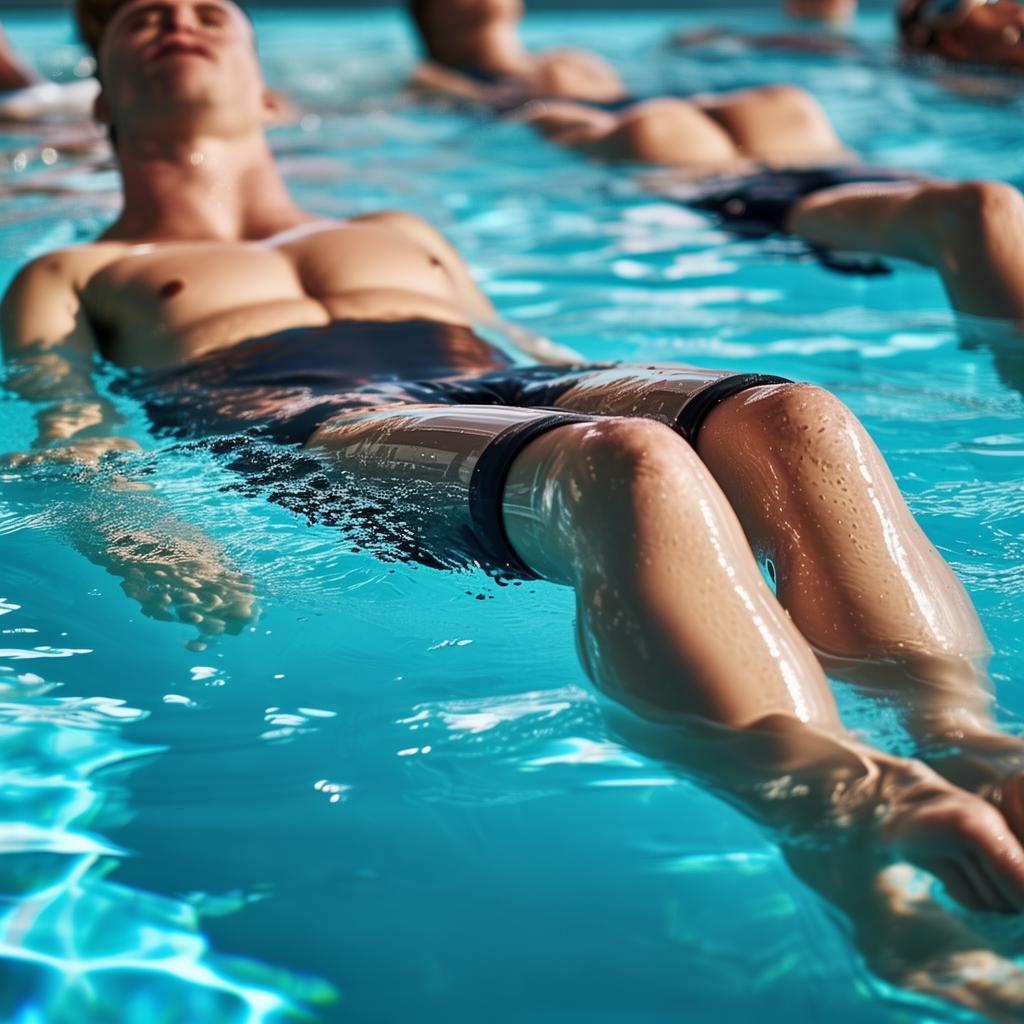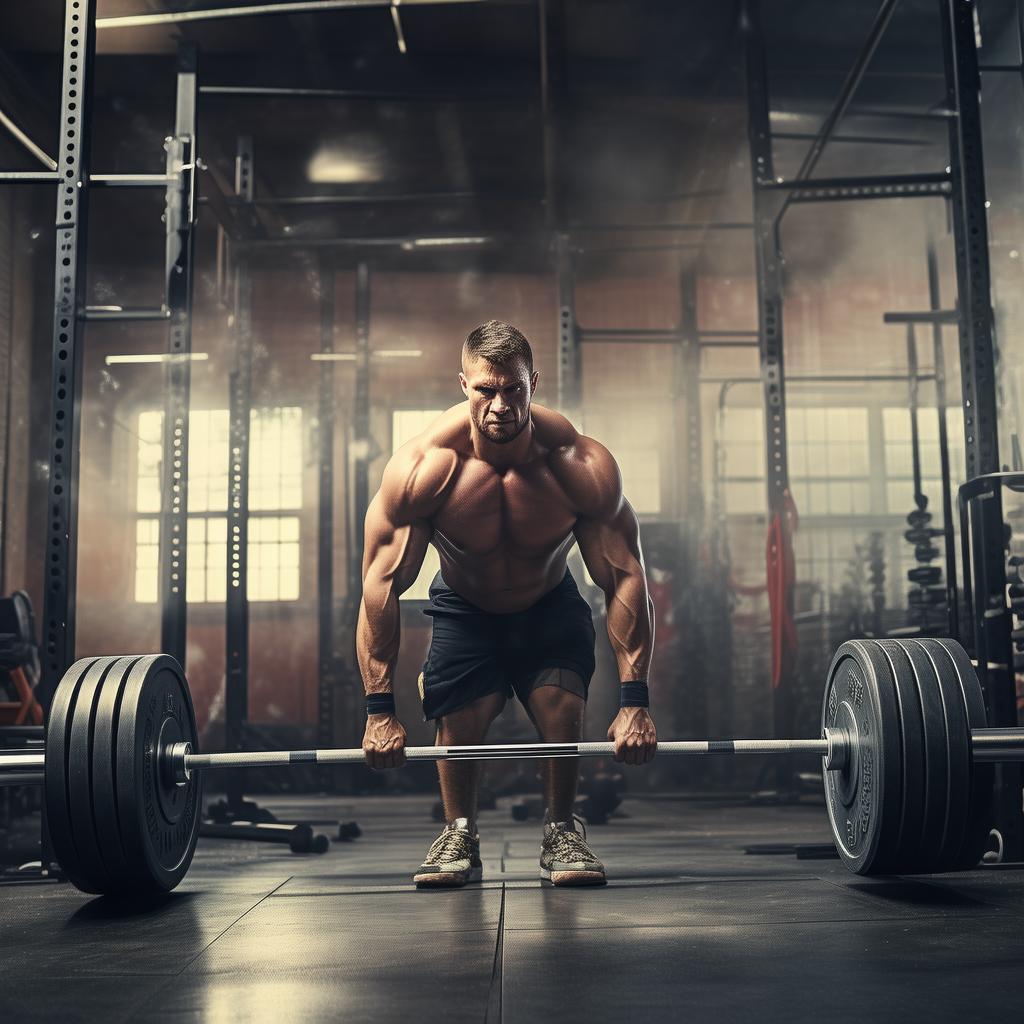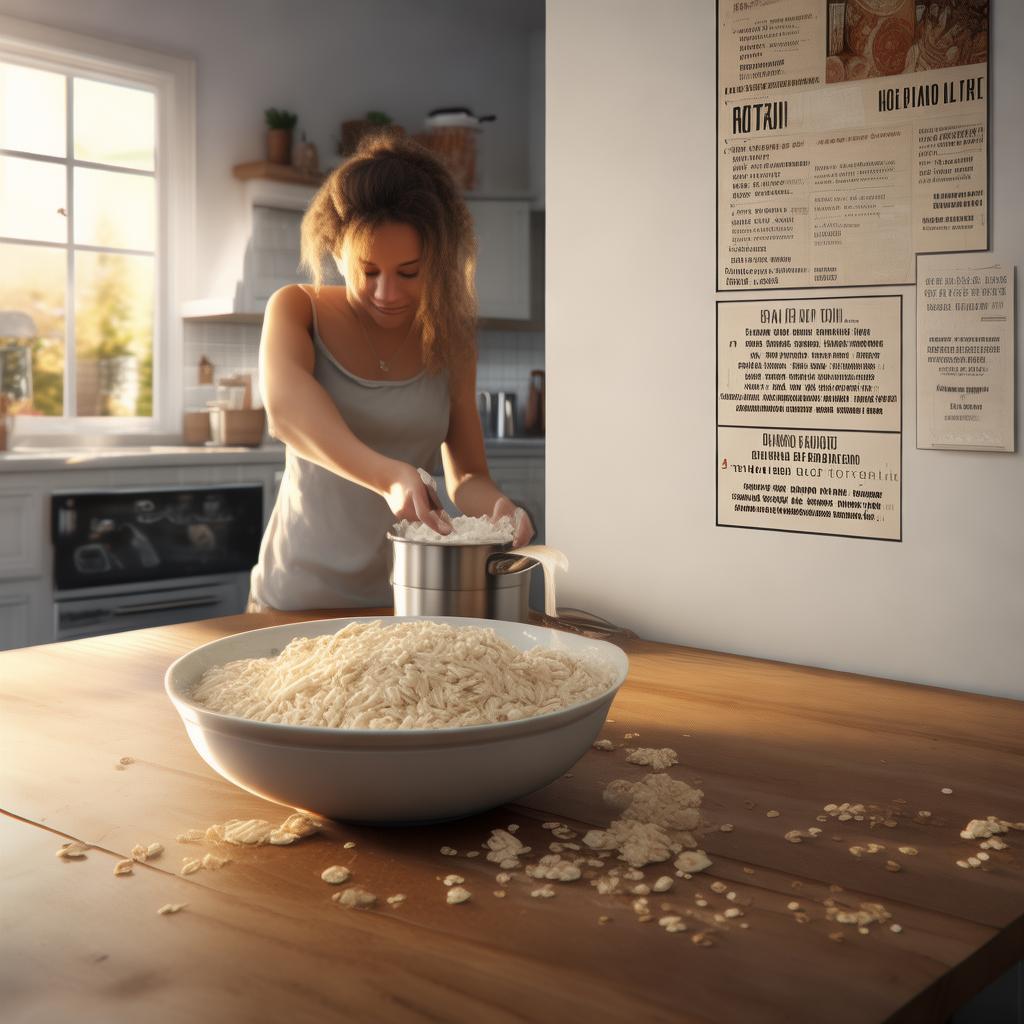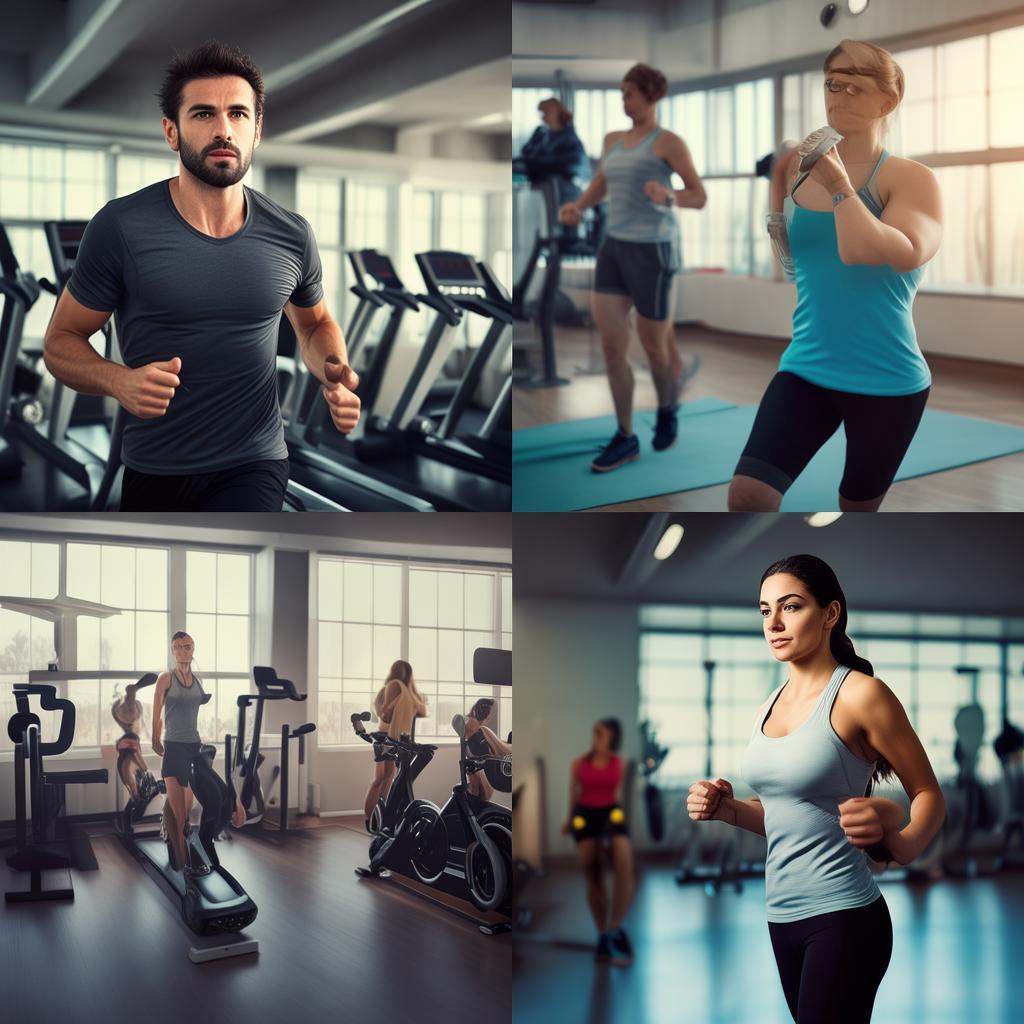Introduction
For those who are passionate about swimming, they are well – aware that swimming strokes encompass freestyle, backstroke, butterfly, and breaststroke. Among them, only breaststroke involves the horizontal water – clamping action, which makes it necessary for us to pay special attention to its correct execution to prevent knee injuries during breaststroke practice.
Tip 1: Master the Correct Horizontal – Clamping Technique
In swimming, the leg – inward – clamping and stirrup – like movements form a continuous and complete sequence, but in a specific order. Each time this action is carried out, the stirrup movement precedes the water – clamping movement. During the movement, the thighs exert force while the hips extend outward, the feet turn backward, the knees turn inward to keep the lower legs perpendicular to the water surface. Then, as the feet stir backward, the legs clamp inward laterally to propel the body forward. The key points of the movement are: Keep the body parallel and prone in the water, practice the leg – collecting, turning, stomping, and clamping movements in the water in a decomposed manner. Make the thighs exert force, start the movement from slow to fast, and be fast when stomping the water. During the movement, carefully experience the technical elements of the thighs, calves, and ankles.
Tip 2: Do Adequate Warm – up Exercises
Before entering the water for breaststroke practice, it is essential to strengthen the practice of leg flexibility. By improving the flexibility of the knee joint, it can better adapt to large – scale movements, enhance its activity strength, and avoid knee – joint injuries.
Tip 3: Reduce Water – Clamping Frequency
Breaststroke is a stroke that offers enjoyable gliding. The movement does not focus on speed because it can generate a long gliding distance during the process. Therefore, swimmers do not need to perform fast – paced stirring actions. Thanks to the long – distance gliding inertia, they can reach the finish line. By reducing the number of water – clamping actions, the wear and tear on the knee joints will also be reduced.
Tip 4: Build Muscle Strength for Short – Distance Swimming
We should usually strengthen our muscle – strength training to make our muscles more developed and enhance our muscle strength. In this way, during swimming, the muscles can bear part of the water pressure, reducing the pressure on the knee joints. Based on short – distance swimming, we can prevent our knee joints from getting fatigued.
Tip 5: Learn Diligently and Consult the Coach
Although breaststroke may seem simple, the technical content of its actions is extremely high. When training for breaststroke, we should master the technical elements of each action. If we do not master them well, we should not practice blindly on our own. Instead, we should communicate with the coach frequently and correct our incorrect actions in a timely manner. Do not wait until the wrong actions are formed, as it will be too late to change them. Incorrect actions will cause more damage to the knees.
Although swimming is beneficial to our knee joints, every coin has two sides. As long as we start from the right direction and master the above five tips, the negative aspects can be turned into positive ones for us.





